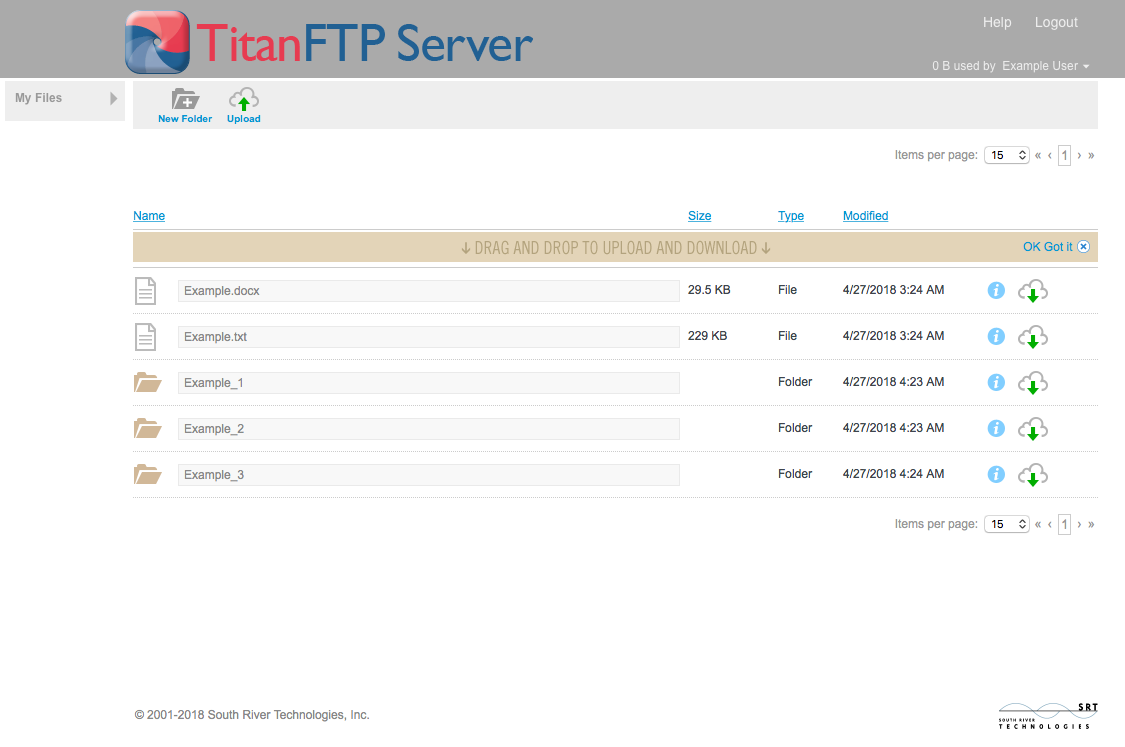
Cloud hosting is currently the cutting edge hosting technology, which can be used for absolutely any purpose and brings a lot of good things to the table, the most important of which are the practically unlimited scalability and low prices. The technology is pretty mature, but you would definitely benefit by waiting a few years before switching to it from your existing dedicated server or cluster solution.
SaaS is another thing that was created as a side effect of the wide spread of the Internet and the astonishing increase in connection speeds from data centers to users’ homes (just a couple of decades ago, a 128kbit ISDN modem was state of the art, and suddenly, 8, 16, 24 and more Mbps became possible with the advent of DSL technologies).
Not knowing what to do with all the bandwidth, developers and businessmen thought up various crazy things that literally shaped the world we see today. They moved the TV, the phone, the radio, the VCR and DVD players and many other things to the Internet.
Nowadays, you can read your emails, watch videos, listen to music, create and share documents, manage your business – all without installing a single program on your computer. You just need an Internet connection.
That’s what SaaS basically is, and as you may have thought, it goes hand in hand with cloud hosting. No other better solution exists for hosting resource and bandwidth intensive online software than a cloud server. You get unlimited power for a fraction of the price of a cluster.
By building a SaaS application on a cloud virtual server right from the beginning, you can avoid a lot of headaches related to the lack of computing power and switch to more powerful servers for literally as long as the app exists and you have the money to pay for hosting, which will also be anywhere from 20 to 50 percent cheaper than in the case of a cluster or even dedicated server.
With a cloud server, you get access not only to thousands of processor cores and gigabytes of RAM, but also to petabytes of hard drive space and gigabits of bandwidth speed per second if you ever need them! If Youtube was being built from the ground up and cloud hosting was available, the core would certainly be using it instead of a highly complicated cluster set up.
In fact, many major sites are switching to clouds as the most effective way of using resources and saving energy (and therefore, money). Existing clusters can relatively easily be reconfigured to host a cloud, and that’s exactly what many companies, including Google, Microsoft, Yahoo, Facebook and others are doing. Even Youtube is being moved slowly to a cloud platform (all the new features are built on cloud servers from the start).
Aside from the high performance, scalability and low price, with a cloud server you also benefit of almost instantaneous backups of your whole system, so you’ll never lose anything. If your server fails for whatever reason, you can easily fully restore it by launching the backup copy as a new virtual server – it’s simply amazing when you see that feature in action.
So, bottom line, you simply have to at least try cloud hosting for your new Software as a Service project, if not because of the unlimited scalability, low energy usage, high effectiveness, low price and high reliability, then at least because it’ll soon be the standard hosting and you’ll have to move anyway :-).










Comments